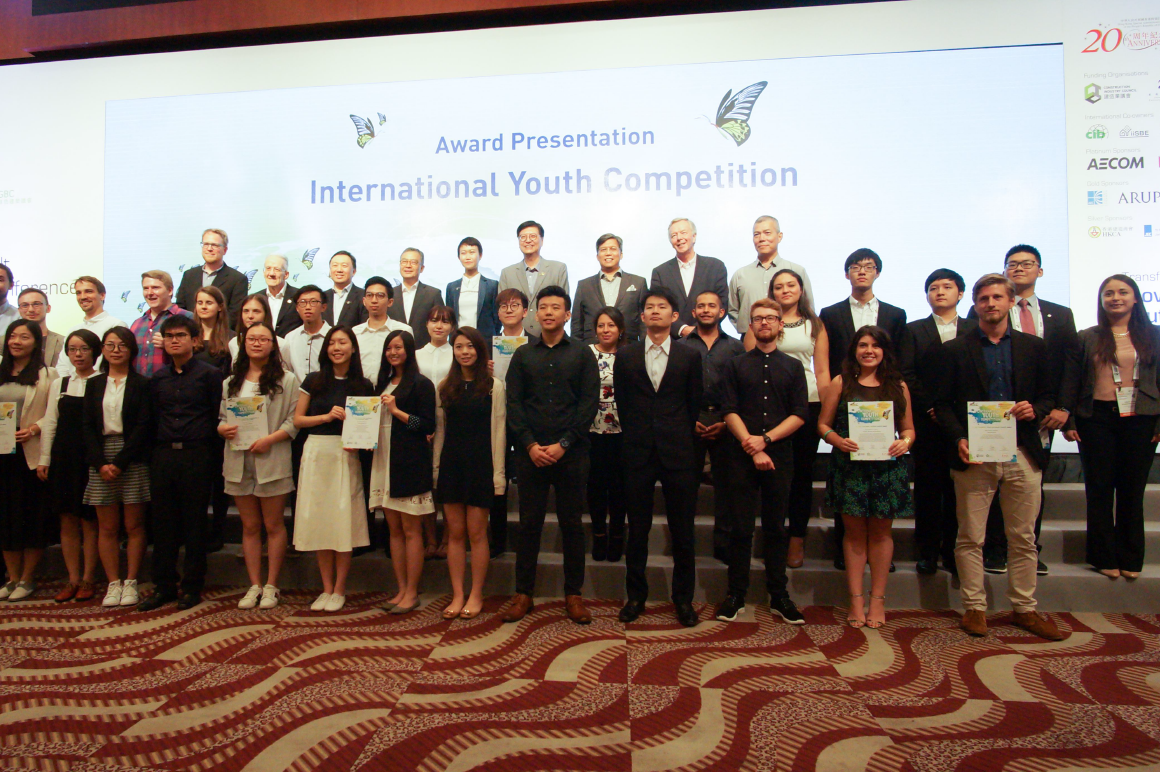World Sustainable Built Environment Conference 2017
The presented poster was selected for the WSBE17 Hong Kong International Youth Competition and won the prize of ‘Most innovative assessment framework.’ The contribution was jointly prepared by Tjark Gall, Jan Hitzegrad, Sven Hemminghaus and Göran Gallandt.
Urban growth implicates a high complexity of planning. Especially in rapidly growing cities of the global south, urban planning can become overwhelming and resources to counteract the negative side-effects lack. The scale of the challenges grows with the cities while the individual tends to fade into the back. Urban framework faces this challenge and seeks to put the focus back on human beings. As a powerful planning tool, it attempts to simplify the complexity of the planning process and help develop prosperous urban areas.
In this methodology, an indicator-based sustainability assessment with a focus on the economic, environmental, social, and governmental dimension is carried out, to guarantee a data-oriented basis. The data basis is then combined with GIS locations. Ensuring it is applied in 2D and 3D simulations to study outcomes of interferences in urban areas. Contrasting scenarios and development opportunities can be visualized by adapting various parameters. Like this, the method can be a powerful tool to support the planning authorities in the decision-making process.
To envision the objectives and the application opportunities three exemplary case studies will be shown:
- In the case of Hong Kong, the possibilities of indicator-based assessment are exemplarily presented, in this case with an overlay of poverty to public transport accessibility as one aspect of walkability and reachability.
- The second case of Mexico City shows, how based on the assessment, goals can be formulated in a usable way for the last steps. For the reason of local importance and quantitative elaborations, the current percentage of green space per inhabitant is used.
- Lilongwe, the capital of Malawi, will be used for the most important part of the final scenario development as well as digital simulations of, in this case, urban growth and combined with digital tools in smaller scale reproductions of organic growth patterns.
The last slide concentrates on the current challenges, the development of the Urban Framework faces as well as the next steps on the way towards a functional analysis, design and simulation tool.
